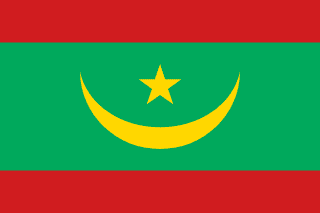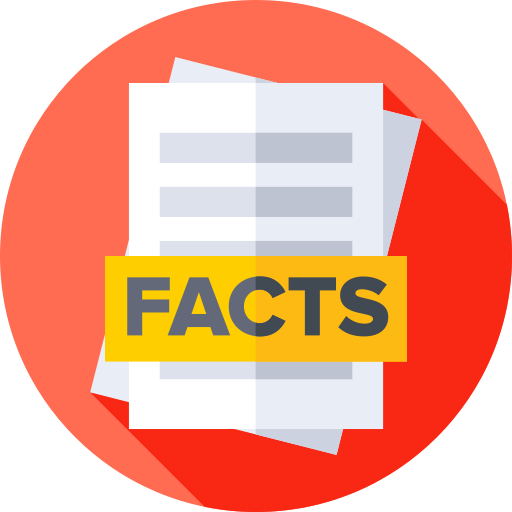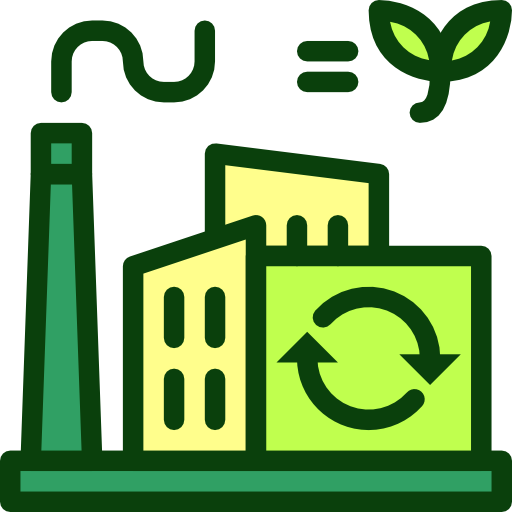Mauritania - Geography

Here, let us take a look at the Geography of Mauritania. Mauritania is considered part of both North Africa's Maghreb region and West Africa's Sahel region; most of the population is concentrated in the cities of Nouakchott and Nouadhibou and along the Senegal River in the southern part of the country. Mother's mean age at first birth is 21.8 years (2019/21) (Note: data represents median age at first birth among women 25-49), whereas, the Maternal mortality ratio is 465 deaths/100,000 live births (2020 est.)
Geographical data of Mauritania
| Location | Western Africa, bordering the North Atlantic Ocean, between Senegal and Western Sahara |
|---|---|
| Geographic coordinates | 20 00 N, 12 00 W |
| Map references | Africa |
| Tarrain | mostly barren, flat plains of the Sahara; some central hills |
| Natural Resources | iron ore, gypsum, copper, phosphate, diamonds, gold, oil, fish |
| Natural Hazards | hot, dry, dust/sand-laden sirocco wind primarily in March and April; periodic droughts |
| Irrigated Land | 450 sq km (2012) |
| Major rivers (by length in km) | Senegal river mouth (shared with Guinea [s], Senegal and Mali) - 1,641 km note: [s] after country name indicates river source; [m] after country name indicates river mouth |
| Major aquifers | Senegalo-Mauritanian Basin, Taodeni-Tanzerouft Basin |
| Land Boundaries | 5,002 km |
| Border Countries | Algeria 460 km; Mali 2,236 km; Morocco 1,564 km; Senegal 742 km |
| Coastline | 754 km |
| Climate | desert; constantly hot, dry, dusty |
| Area | |
| Total Area | |
| Land Area | 1,030,700 sq km |
| Water Area | 0 sq km |
| comparative Area | slightly larger than three times the size of New Mexico; about six times the size of Florida |
| Maritime Claims | |
| Territorial sea | 12 nm |
| Contiguous zone | 24 nm |
| Exclusive economic zone | 200 nm |
| Continental shelf | 200 nm or to the edge of the continental margin |
| Elevations | |
| Highest point | Kediet Ijill 915 m |
| Lowest point | Sebkhet Te-n-Dghamcha -5 m |
| Mean elevation | 276 m |
| Land Use | |
| Agricultural land | 38.5% (2022 est.) |
| Agricultural land: arable land | arable land: 0.4% (2022 est.) |
| Agricultural land: permanent crops | permanent crops: 0% (2022 est.) |
| Agricultural land: permanent pasture | permanent pasture: 38.1% (2022 est.) |
| Forest | 0.3% (2022 est.) |
| Other | 61.2% (2022 est.) |
Population Distribution
Vast areas of the country, particularly in the central, northern, and eastern areas, are desert and lack sizeable population clusters; half the population lives in or around the coastal capital of Nouakchott; smaller clusters are found near the southern border with Mali and Senegal, as shown in this population distribution map
People and Society
In Mauritania, the different Ethnic groups are such that we have: Black Moors (Haratines - Arabic-speaking descendants of African origin who are or were enslaved by White Moors) 40%, White Moors (of Arab-Amazigh descent, known as Beydane) 30%, Sub-Saharan Mauritanians (non-Arabic speaking, largely resident in or originating from the Senegal River Valley, including Halpulaar, Fulani, Soninke, Wolof, and Bambara ethnic groups) 30%
| Population | |
|---|---|
| Pop growth rate | 1.92% (2024 est.) |
| Birth rate | 27.2 births/1,000 population (2024 est.) |
| Death rate | 7.2 deaths/1,000 population (2024 est.) |
| Health expenditure | |
| Physicians Density | |
| Hospital bed Density | |
| Total fertility rate | 3.4 children born/woman (2024 est.) |
| Gross reproduction rate | 1.68 (2024 est.) |
| Contraceptive prevalence rate | 11.5% (2019/20) |
| Est married women (ages 15-49) | 66% (2023 est.) |
| Literacy | |
| Education expenditures | |
| Net Migration rate | -0.7 migrant(s)/1,000 population (2024 est.) |
| Nationality | Mauritanian | Mauritanian(s) |
| Languages | |
| Religions | Muslim (official) 100% |
| Age Structure | |
| 0-14 years | 35.7% (male 776,035/female 770,132) |
| 15-64 years | 59.9% (male 1,227,347/female 1,363,938) |
| 65 years and over | 4.4% (2024 est.) (male 80,308/female 110,280) |
| Dependency Ratios | |
| Total dependency ratio | 85.4 (2024 est.) |
| Youth dependency ratio | 78.5 (2024 est.) |
| Elderly dependency ratio | 6.9 (2024 est.) |
| Potential support ratio | 14.5 (2024 est.) |
| Median Age | |
| Total | 22.1 years (2024 est.) |
| Male | 21.1 years |
| Female | 23.1 years |
| Urbanization | |
| Urban population | 57.7% of total population (2023) |
| Rate of urbanization | 3.84% annual rate of change (2020-25 est.) |
| Major urban areas (Pop) | 1.492 million NOUAKCHOTT (capital) (2023). |
| Sex Ratio | |
| At birth | 1.03 male(s)/female |
| 0-14 years | 1.01 male(s)/female |
| 15-64 years | 0.9 male(s)/female |
| 65 years and over | 0.73 male(s)/female |
| Total population | 0.93 male(s)/female (2024 est.) |
| Infant Motality | |
| Total | 48.9 deaths/1,000 live births (2024 est.) |
| Male | 54.8 deaths/1,000 live births |
| Female | 42.9 deaths/1,000 live births |
| Life Expectancy at birth | |
| Total population | 65.9 years (2024 est.) |
| Male | 63.4 years |
| Female | 68.5 years |
| Drinking Water Sources | |
| Improved: urban | urban: 98.7% of population |
| Improved: rural | rural: 68.4% of population |
| Improved: total | total: 85.2% of population |
| Unimproved: urban | urban: 1.3% of population |
| Unimproved: rural | rural: 31.6% of population |
| Unimproved: total | total: 14.8% of population (2020 est.) |
| Sanitation facility acess | |
| Improved: urban | urban: 83.5% of population |
| Improved: rural | rural: 25.2% of population |
| Improved: total | total: 57.5% of population |
| Unimproved: urban | urban: 16.5% of population |
| Unimproved: rural | rural: 74.8% of population |
| Unimproved: total | total: 42.5% of population (2020 est.) |
| Alcohol consumption per capita | |
| Total | 0 liters of pure alcohol (2019 est.) |
| Beer | 0 liters of pure alcohol (2019 est.) |
| Wine | 0 liters of pure alcohol (2019 est.) |
| Spirits | 0 liters of pure alcohol (2019 est.) |
| Other alcohols | 0 liters of pure alcohol (2019 est.) |
| Tobacco use | |
| Total | 8.3% (2025 est.) |
| Male | 15.5% (2025 est.) |
| Female | 1.7% (2025 est.) |
| Child marriage | |
| Women married by age 15 | 15.5% (2021) |
| Women married by age 18 | 36.6% (2021) |
| Men married by age 18 | 1.2% (2021) |
Demographic profile
All Important Facts about Mauritania
Want to know more about Mauritania? Check all different factbooks for Mauritania below.
-
 Mauritania Factbook
Mauritania Factbook
-
 The Economy of Mauritania
The Economy of Mauritania
-
 Learn about the Government of Mauritania
Learn about the Government of Mauritania
-
 Communication in Mauritania
Communication in Mauritania
-
 Popular Universities in Mauritania
Popular Universities in Mauritania
-
 Enerny in Mauritania
Enerny in Mauritania
-
 Transport in Mauritania
Transport in Mauritania
-
 The Geography and society of Mauritania
The Geography and society of Mauritania
-
 The Environment of Mauritania
The Environment of Mauritania
-
 Military and security in Mauritania
Military and security in Mauritania